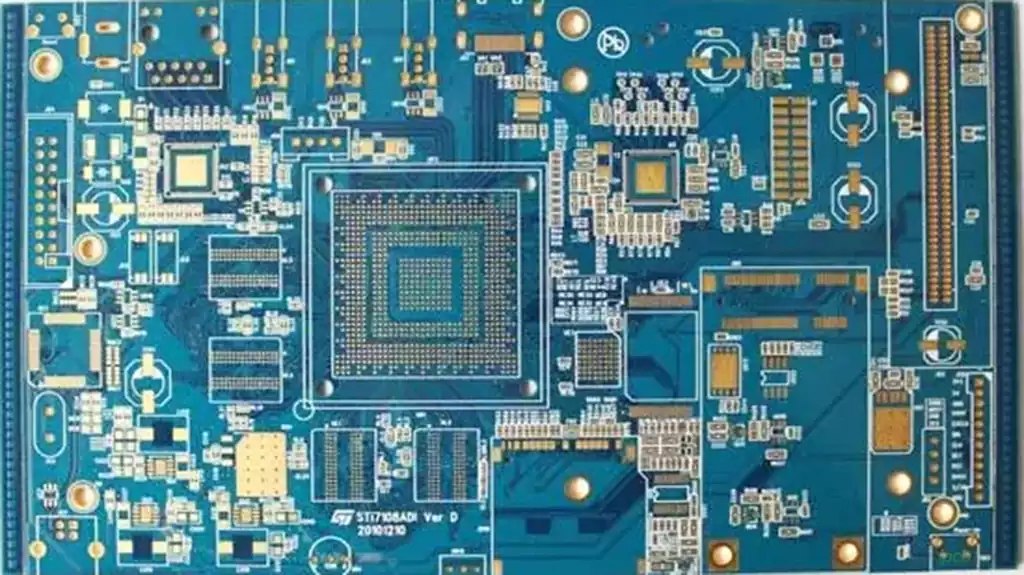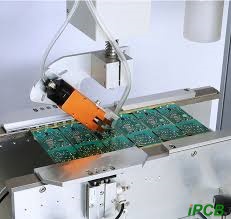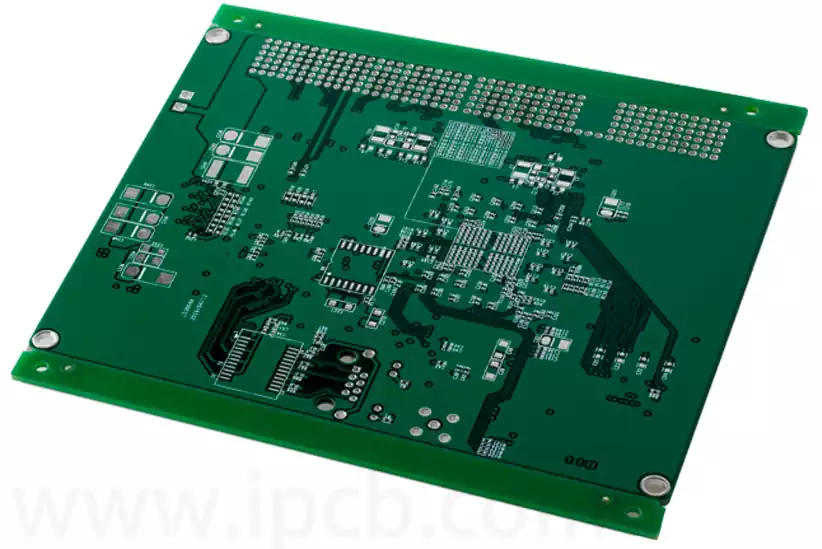PCBA test is a crucial part of the manufacturing process for electronic products. It is a series of tests performed on printed circuit board assemblies to ensure that their quality and performance meet the design requirements and the environment in which they are used. By testing PCBAs, potential problems can be identified, product design can be optimized, and product reliability and stability can be improved.
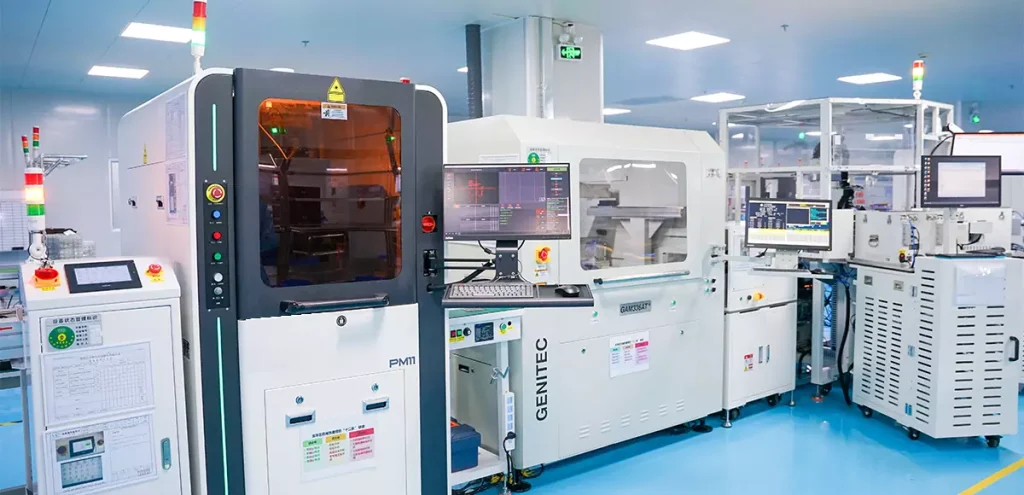
The steps of PCBA testing mainly include the following links:
- Test planning and design: according to the product design requirements and specifications, develop a detailed test plan and test program, with clear test objectives, scope, methods, resources, time and other requirements.
- Test fixture design and production: according to the test requirements, design the appropriate test fixture to ensure that the PCBA board can be correctly fixed on the test equipment, and to ensure that the test probe and the test point are of good contact.
- Test program development and debugging: according to the test program and fixture, develop the corresponding test program, and debugging and verification to ensure the accuracy and reliability of the test results.
- Test execution and result analysis: Execute the test according to the test plan, record the test data, and analyze it. For the unqualified PCBA board for fault location and cause analysis, and put forward the corresponding improvement measures.
- Test report preparation and archiving: Prepare detailed test reports, summarize test data, analyze results and improvement recommendations, and archive. The test report can be used as a traceability record of product quality and a reference basis for subsequent product optimization.
- Aging test: PCBA boards and electronic products for a long time to power, keep it working, and observe whether there is any failure failure, after the aging test of electronic products before the batch factory sales.
- Environmental adaptability test: simulate the PCBA board in extreme temperature, humidity, drop, splash water, vibration, and other environmental conditions, test its performance and reliability.
- Fatigue test: PCBA boards are operated at a high frequency and for a long time to observe whether there is a malfunctioning situation, to determine the probability of failure, and thus understand the performance of PCBA boards.
- Manual test: directly rely on the visual test, through the visual and comparison to confirm the PCB components mounted.
- Automatic Optical Inspection (AOI): carried out by a specialized detector, used before and after reflow, the polarity of the components to check the effect is better.
- Flying Pin Tester: Due to advances in mechanical accuracy, speed, and reliability, pin testing has gained general popularity over the past few years.
- Functional test: This is a test method for a specific PCB or a specific unit, which is done by specialized equipment.
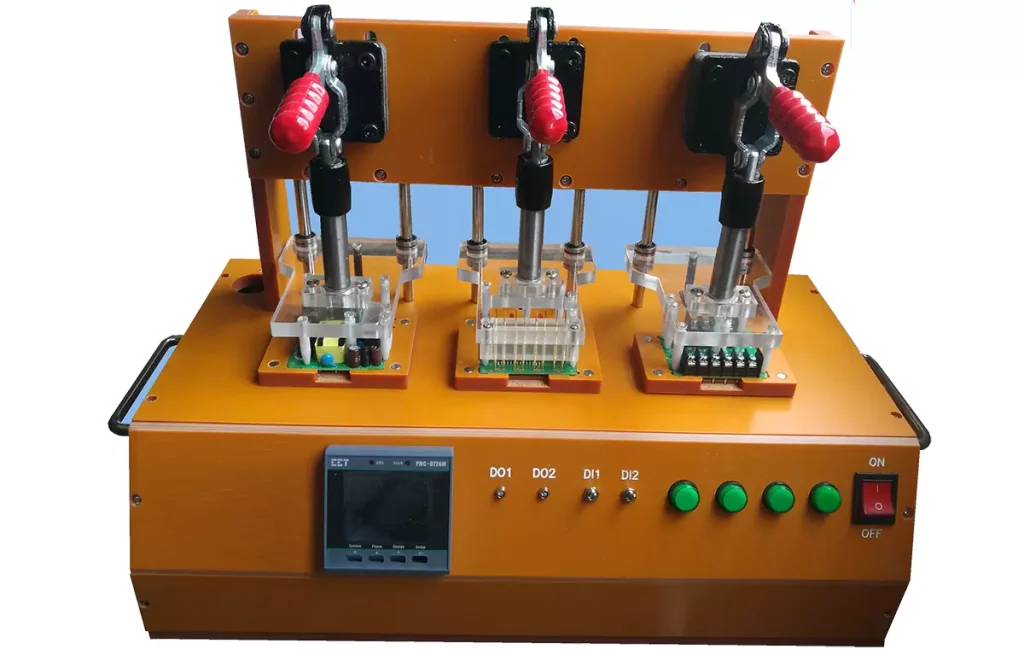
The role of PCBA testing mainly includes the following aspects:
- Ensure product quality: potential problems and defects can be found to avoid mass production after a large number of unqualified products. This not only helps to reduce production costs, but also improves the reliability and stability of the product, and enhances consumer trust in the product.
- Optimize product design: Potential design defects and room for improvement can be found, such as layout, wiring, component selection and other aspects of the problem. This information can be fed back to the design team for corresponding optimization and improvement, thus improving the performance and competitiveness of the product.
- Improve production efficiency: Problems can be quickly located and troubleshooted, shortening the product development cycle and production cycle. At the same time, accurate test data can also guide the optimization and improvement of the production process, and improve production efficiency and product quality.
- Traceability and quality control: The PCBA test process will generate detailed test data and reports, this information can be used as product quality traceability records. Through the analysis of test data, you can monitor the quality problems in the production process, and take appropriate measures to control and improve in a timely manner.
PCBA test is to ensure the quality of electronic products is a key link. Through strict test procedures and professional test equipment, can ensure that the performance of PCBA boards in line with the design requirements and the use of the environment. At the same time, through continuous optimization of PCBA test methods and procedures, can improve the reliability and stability of products, and promote the sustainable development of the electronics industry.
